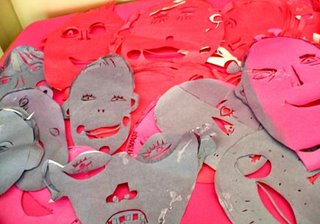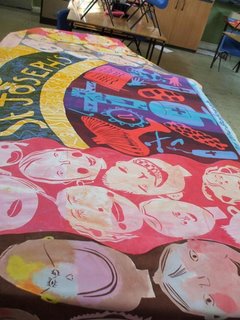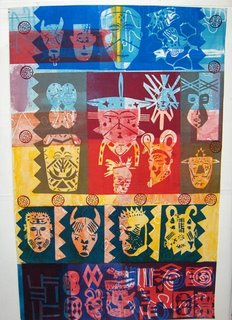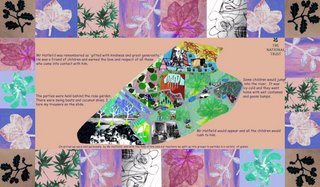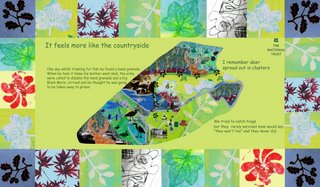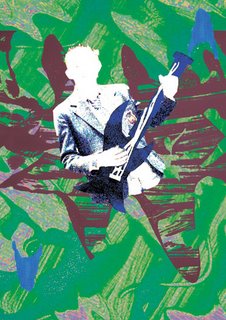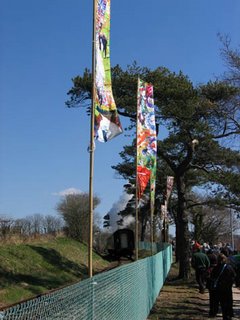Morpeth School

The project at Morpeth school consisted of two short day workshops (11.15 to 3.15 inc. lunch)
The first workshop was run by Sarah, the second by Gina.
A different group of 20 year 8 children were involved each week. Two art teachers and several classroom assistants attended both sessions.

Cloth of gold were invited to introduce screen and mono-printing to the pupils and teachers with the intention that they could then fashion a longer term project to make some large scale banners, themselves, based around the techniques learnt in the two workshops.
The children prior to the project had been out in their local area and done some observation drawing and worked on ideas around feelings evoked from certain landscapes. This is to be the theme of their long term project. Sarah’s group had cut stencils and shapes before the workshop. She worked on pieces of fabric the same size as the extra large screen. The fabric was mono-printed by four children and then screen printed with their pre-prepared shapes.
The teachers hadn’t understood the need to have a parallel activity going on so it was felt this approach left too much waiting around
time between mono and screen printing. It was also felt that the pieces of fabric didn’t need to be used for anything so the whole approach could be more experimental. This was conveyed to me before I went to do my workshop.

I took in loads of textured surfaces that I use in my own practice and set groups of five up mono-printing. I talked about colour ranges and the danger of taking a mono-print too far. But I very much let the children control their own pieces. They worked either on a group, pair, or individual piece of fabric.
This group didn’t have any shapes prepared so when they weren’t mono-printing they were drawing up their stencils or shapes inspired by their observation drawings.
In the hour and half after lunch we screen printed everyone’s shapes with a combination of large and small screens. Conversationally I tried to point out, whilst working, potential pitfalls and handy hints to both staff and kids in order that they may be able to do it on their own.
I repeated some children’s motifs to show that as one of the advantages of screen printing.


The day had an air of productive chaos with 20 children all busy learning new techniques. The final pieces showed that the children had controlled their own work, some pieces obviously were better than others.
Everyone seemed to have a grasp of the processes and I think it gave the teachers a realistic idea of what larger scale fabric printing is like within a classroom context. GS



